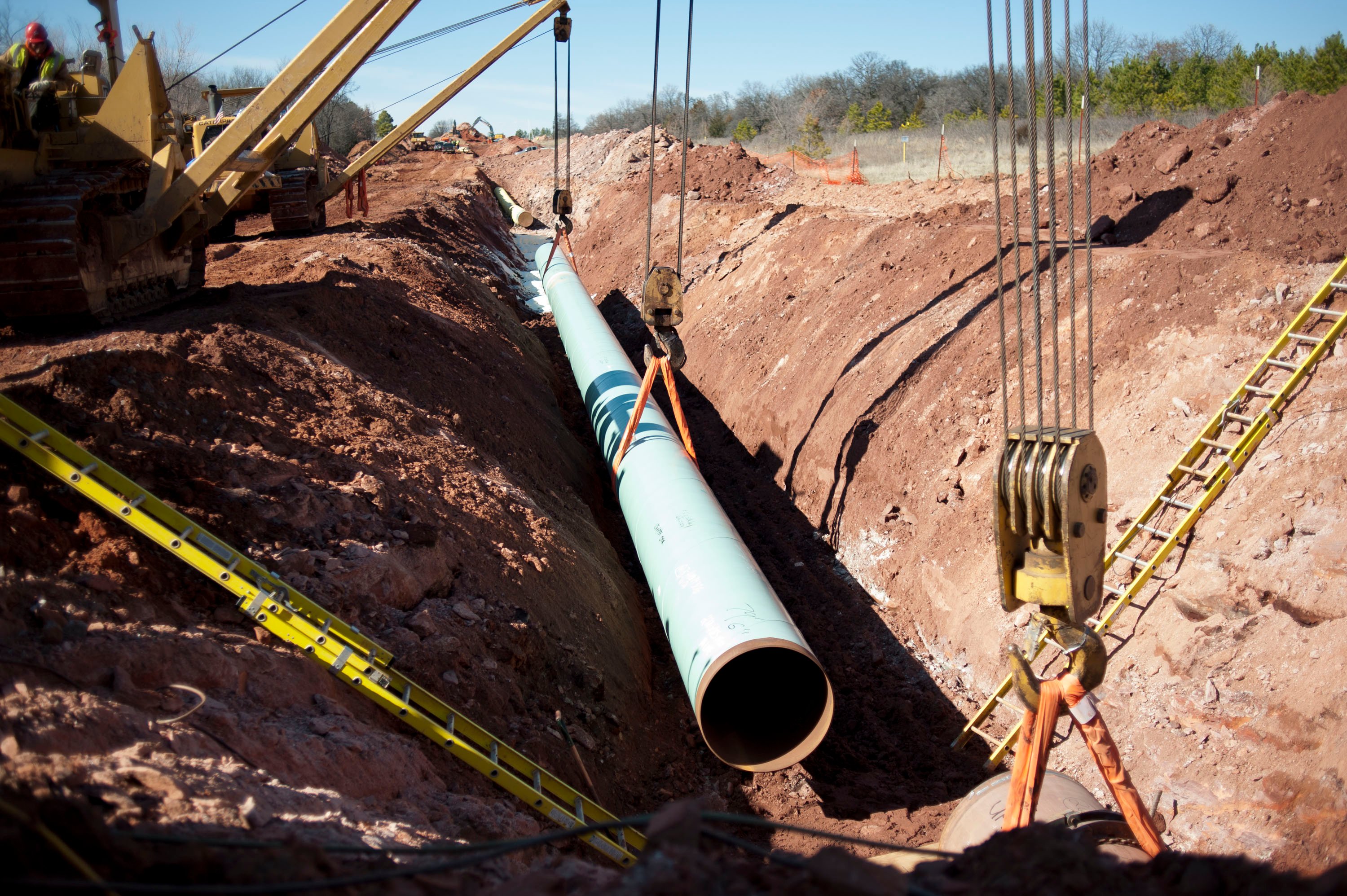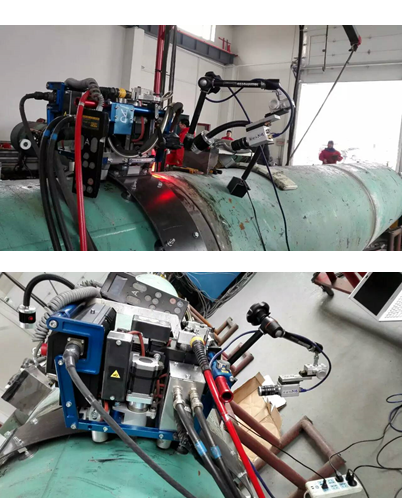Pipeline infrastructure is needed to help countries function. Acting as the veins of a region, pipelines transport water, gas, oil and more. Through a network of pipelines, these materials get distributed to power plants, businesses and consumer homes, and wherever these pipelines are, welding is required.
 Photographer: Daniel Acker
Photographer: Daniel Acker
Pipeline welders require experience and expertise to meet the demands of the job. They must deal with potentially dangerous materials, often in harsh weather conditions and must know how and when to use different automated welding techniques. There are serious potential economic and environmental consequences should there be any mistakes made in the welding process that would jeopardize the pipeline network. This means there is an emphasis on quality and consistency for pipeline construction and why typically, pipeline companies will perform automated orbital welding processes. The orbital welding process has the torch travelling around the outside of the pipe with clamps powered by hydraulic pressure, holding two pieces of pipe in place to be joined together in the field
Dangerous Conditions
As mentioned, pipeline construction can often present dangerous scenarios, as seen with one of our customers. The customer is a welding contractor who deploys automated welding equipment and operators to the field to perform joining of the pipe segments. While the equipment used is an automated orbital welding system, it still requires an operator to be present to monitor the welding process and ensure that all the process parameters are optimized during the welding process.
Prior to implementing a new set of welding equipment, our customer did a risk assessment of the new equipment going in the field. They determined that there was an elevated risk to their operators because some of the hydraulic hoses for the clamps used could potentially leak in the work area, causing some hydraulic oil to mist in the air. This was deemed a potential fire hazard to the operator. There was the potential that the misting hydraulic fluid could catch fire around the open arc welding process that is used during the pipe welding. The operator who needed to view and monitor the welding process, was dangerously close to the potential fire hazard.
Increasing Safety with a Weld Camera
To remove the operator from the danger zone, the customer decided to implement a Xiris weld camera so the pipeline welder could monitor the weld process from a remote location.
 Xiris weld cameras integrated with an automated orbital welding system.
Xiris weld cameras integrated with an automated orbital welding system.
The setup included two weld cameras on the orbital welding equipment, one leading the weld torch and one trailing. The video signals were run to an operator’s cabin 20 m (66’) away from the welding process, allowing the operators to perform and remotely monitor the welds from a safer environment.
The result was higher weld productivity and a safer work environment for the pipe welders. To discuss more about improving productivity and safety of your weld process with Xiris weld cameras, request to speak with one of our experts.
Stay up to date by following us on social media or subscribe to our blog!




.png)

